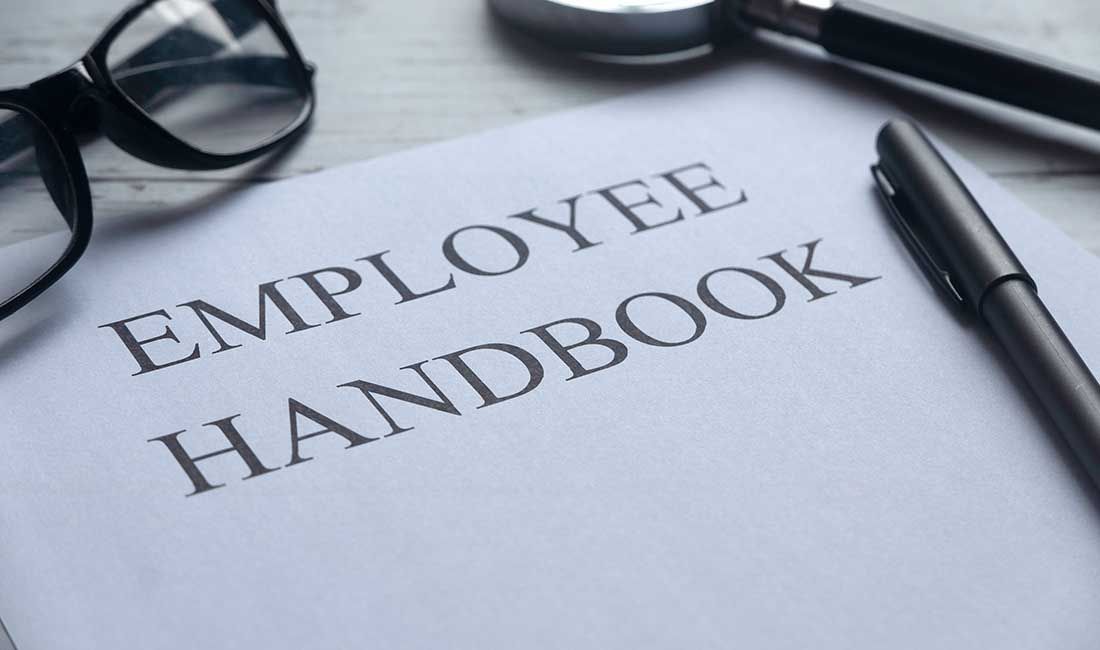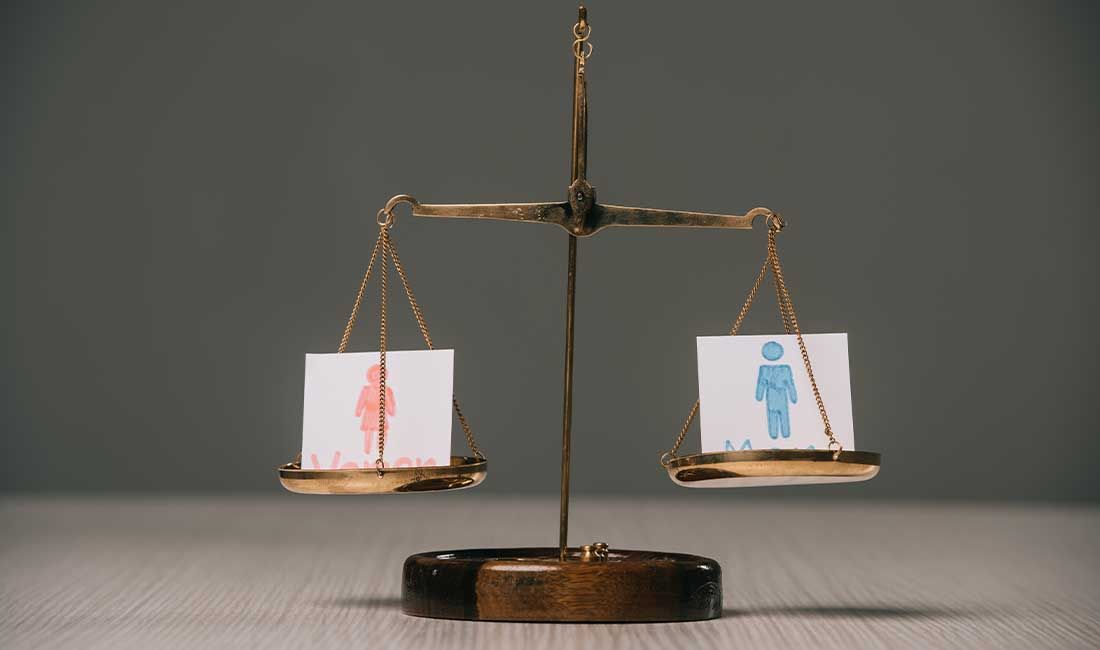Advice on Dress Codes

| W.E.U Admin | Workplace Wellbeing
TAGS: Workplace
Dress codes are often used in the workplace for various reasons. Employers may ask staff to wear a uniform to communicate a corporate image and ensure customers can easily identify them. In other cases, standards are introduced for health and safety—for example, healthcare workers may be prohibited from wearing jewellery around patients, and factory staff might be restricted from loose clothing when operating machinery.
Key Points
- Employers must avoid unlawful discrimination in any dress code policy.
- Health and safety considerations can justify specific requirements.
- Dress codes must apply to both men and women equally, though the standards may differ (e.g., “business dress” for women; “tie required” for men).
- Reasonable adjustments must be made for disabled people when introducing any dress code.
Developing a Reasonable Dress Code
An effective dress code should relate directly to the nature of the job and be reasonable. For instance, employees working in a kitchen might be required to tie their hair back or cover it for hygiene reasons. Sales representatives who regularly meet clients may need to adhere to business attire year-round, whereas other teams might adopt a more casual style in summer.
When drafting or updating a policy, it’s good practice to:
- Consult with employees to ensure the code is acceptable and practical.
- Communicate the agreed standards clearly to all staff.
- Consider religious dress requirements and provide exemptions unless there is a genuine safety or business justification.
For further details, see our comprehensive Advice on Dress Codes.
Exceptions to the Rule
Occasional events—such as charity “Jeans Day” or “Christmas Jumper Day”—may warrant temporary relaxation of the standard dress code. Employees should always seek approval from their line manager before participating in these exceptions.
Tattoos and Body Piercings
Some organisations believe a uniform image enhances their brand. They may ask staff to remove visible piercings or cover tattoos when interacting with customers. Any such requirements must be based on a sound business reason, documented in a written policy, and communicated clearly to all employees.
Religious Dress
Employers should tread carefully regarding religious attire. Staff must be allowed to wear articles that manifest their faith—such as a small cross, a Yarmulke, or a headscarf—unless there is a legitimate health, safety, or business requirement that cannot be accommodated. Policies restricting religious dress risk indirect discrimination unless the employer can demonstrate a pressing justification.
- Previous Post
- Next Post
workersofengland.co.uk | Independent Workers Trade Union
















